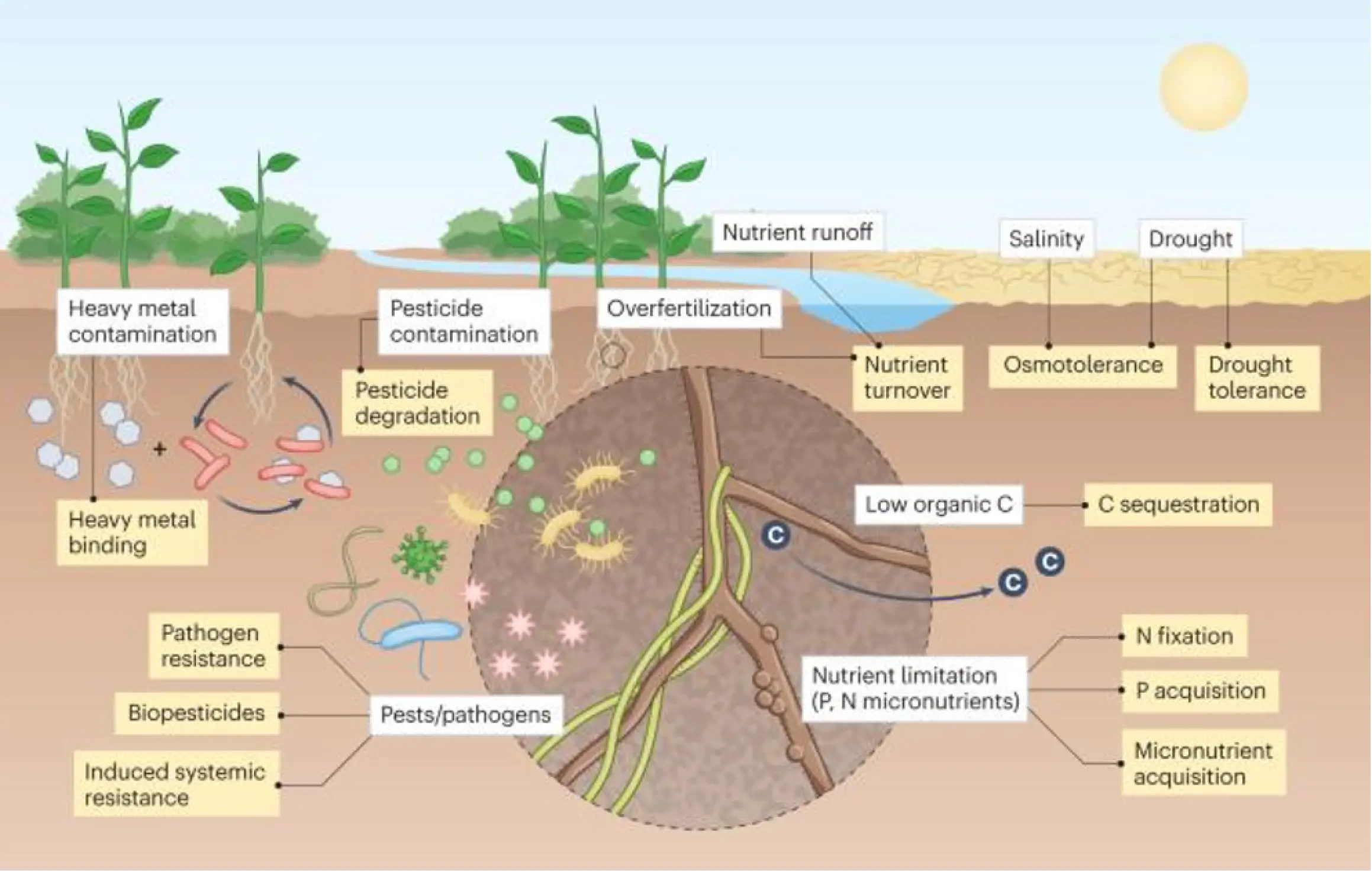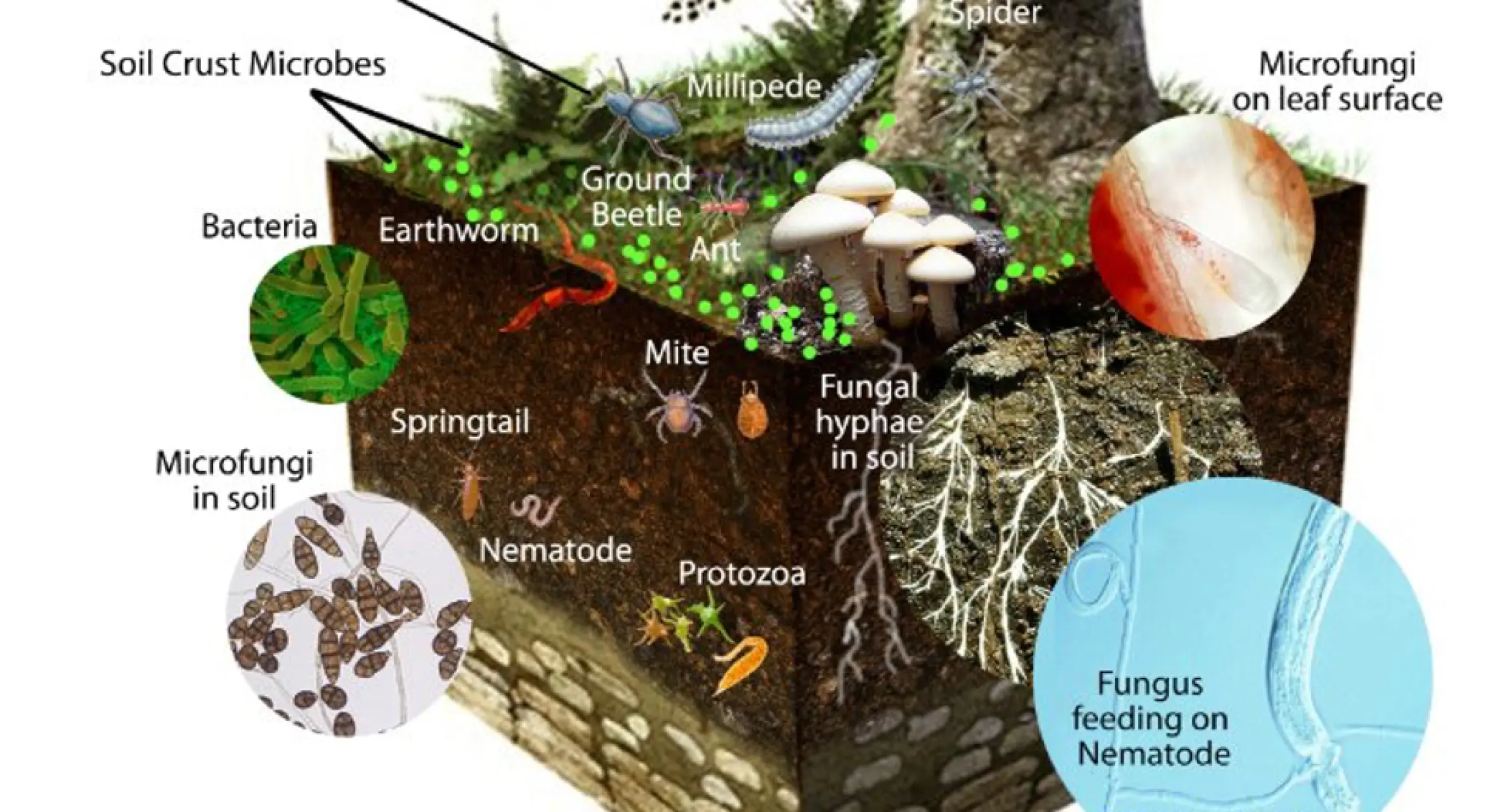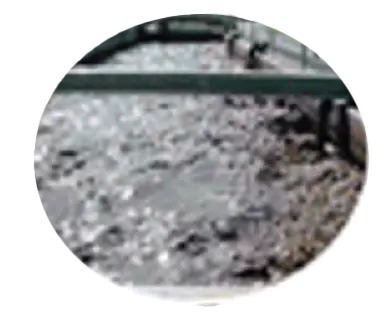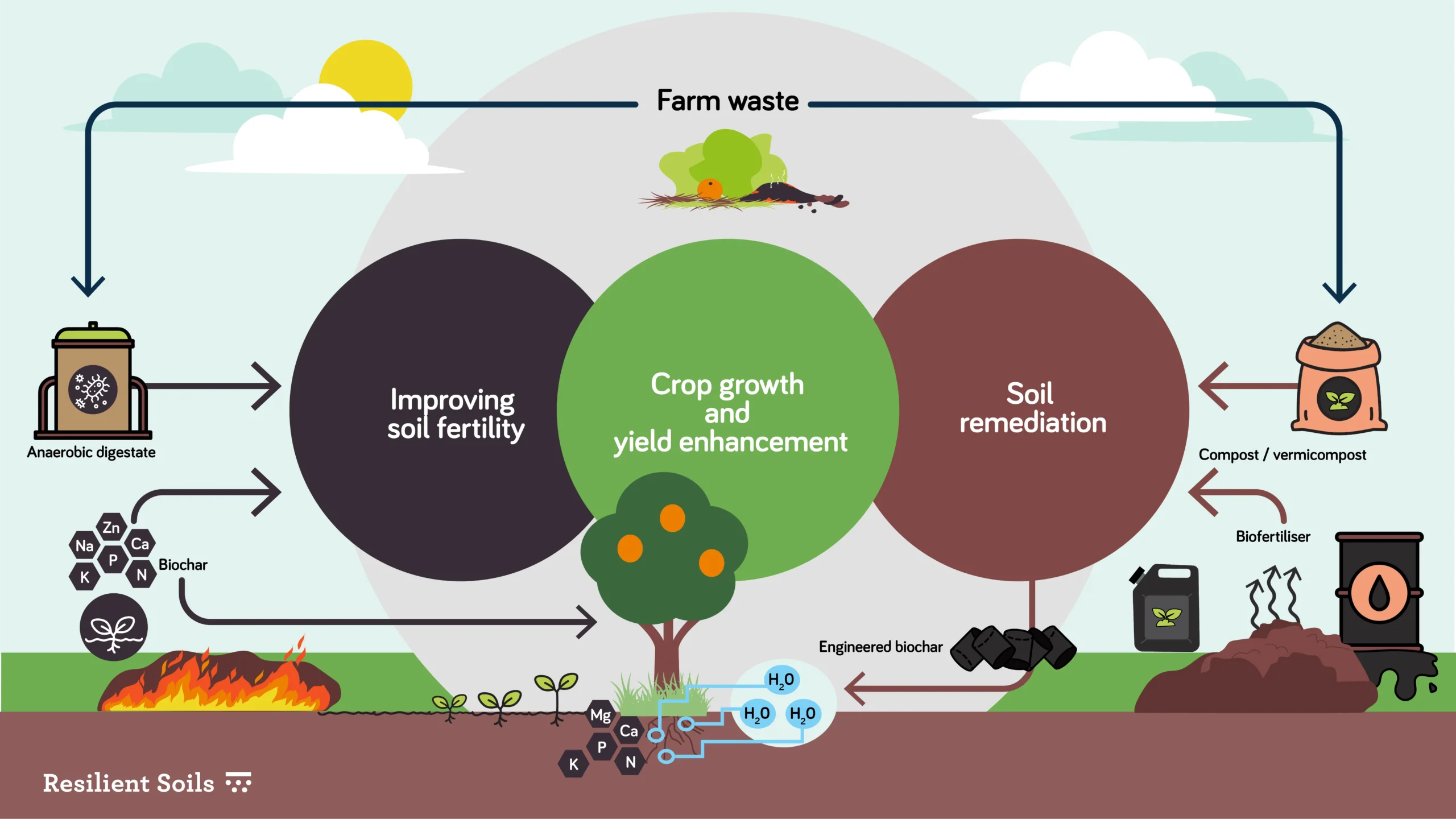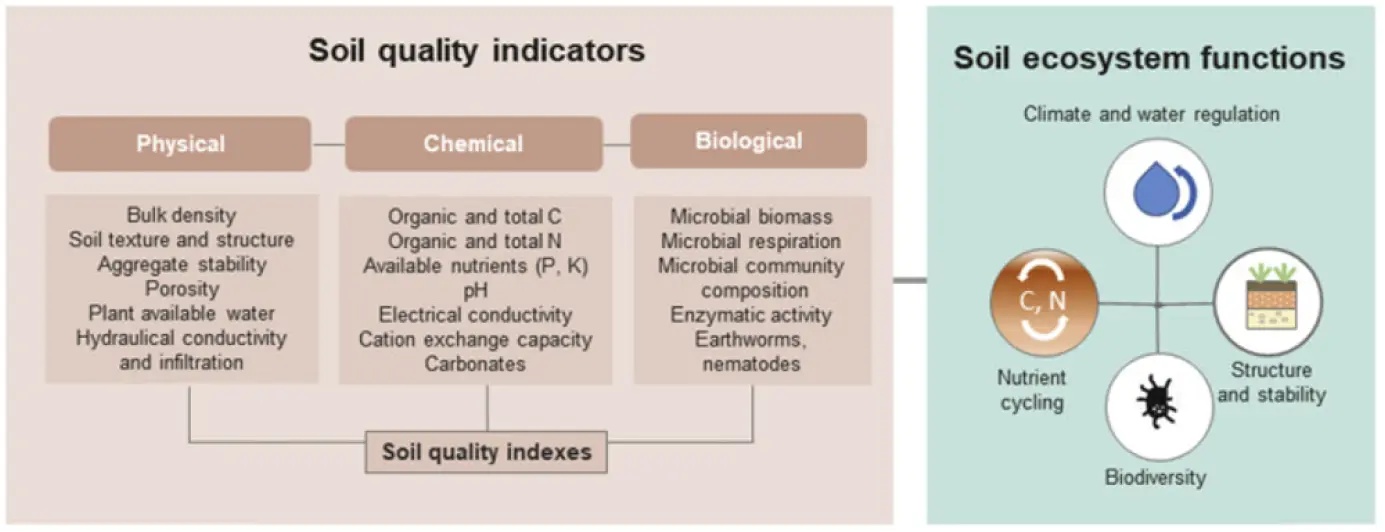Some common examples of biological amendments used in agriculture
Composts and manures
Traditional organic amendments such as composts and manures have been widely used in areas where livestock are commonly raised. They supply decomposed organic matter while improving soil structure and enhancing nutrient availability.
Microbial inocula
Inocula typically include beneficial microorganisms such as Rhizobium, which are important for nitrogen fixation in legume species. They can also include other soil bacteria that promote plant growth and overall health in terms of crop protection against pests and pathogens.
Humates and Humic substances
Solid, soluble, and liquid humates contain organic materials or metabolites that enhance soil structure, nutrient retention, and microbial activity. Humates are high in humified organic matter and humic acid which again can improve soil fertility and soil structure.
Bio-stimulants
Substances that stimulate plant growth beyond direct nutrient input. They frequently include plant or seaweed extracts which contain minerals, nutrients, amino acids, carbohydrates or other plant growth or microbial stimulants.
Alternative fertilisers
Some fertilisers are marketed as being organic or less harsh on the soil microbial community than conventional fertilisers. These alternatives also aim to maintain soil health while providing essential nutrients.


